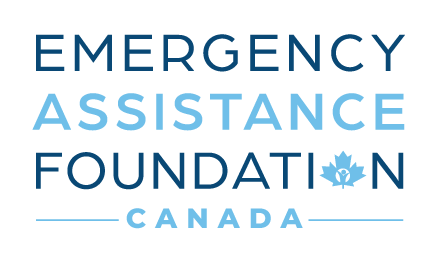
The Importance of Maintaining Tax Exempt Status
June 2, 2015
Employee Emergency Assistance Funds: Avoid Tax Pitfalls
June 30, 2015Large-scale natural disasters have seemingly been a permanent news fixture for years now. From the 2015 in Nepal going back to Hurricane Katrina and the 2004 Southeast Asia tsunami, there has been a laundry list of disasters with enormous costs to both human life and property. Correspondingly, there have been countless disaster relief efforts in response to these very real costs.
Here are two examples of how these disaster relief efforts can be action or reaction: A global energy company developed a Disaster Relief Fund for its employees, then put all the information in a file drawer. When the next disaster struck, they had to start over with gearing up, planning, and executing. They were concerned that they might even be out of compliance with some regulations. As a result of these difficulties, they decided to establish a Disaster Relief Fund with a third party administrator who was experienced and always ready. On the other hand, a global food and beverage company had been thinking of establishing a Disaster Relief Fund for its employees so as to be ready when a disaster struck. When the earthquake hit Nepal they were not ready, and spent considerable time and energy scrambling to react. If they had already established a fund, they could have begun the response effort immediately.
The successes and failures of these recent efforts provide valuable guidance for any organization considering creating a Disaster Relief Fund to respond to their employee’s needs. Perhaps the most important lesson is that having a pre-existing Disaster Relief Fund makes an organization’s response effort go much more smoothly. Having your Disaster Relief Fund set up before disaster strikes may seem unnecessary, but it is actually very advantageous. With an established plan your initial response is to execute the plan bringing help to your employees vs. spending days or weeks figuring out the plan before you can begin to help your employees. Also, the advance setup allows your organization to establish guidelines, policies, and procedures. When disaster strikes and you want to provide assistance, your organization can avoid being caught flat-footed when it comes to donation collection and aid disbursement.
This means that not only will the fund be set up (even if additional donations are required), but there will be no question about what action your organization should take. The advance planning makes it easy, in the immediate aftermath of a disaster, for your organization to determine both what needs to be done, and who needs to do it. Even if the disaster that occurs is inherently unpredictable – for example, an earthquake or flood – you can still have plans in place for donation and disbursement procedures. Clearly the advantages of setting your Disaster Relief Fund up in advance of a large-scale natural disaster outweigh the minimal costs.
For more information, see Lessons Learned from Recent Natural Disaster Relief Funds, available at http://www.pgdc.com/pgdc/lessons-learned-recent-natural-disaster-relief-funds-part-1-3.
This information should not be relied on as tax or legal advice. You should seek your own counsel for such advice.
Author:
Douglas Stockham
EAF President
Doug@eafrelief.ca




